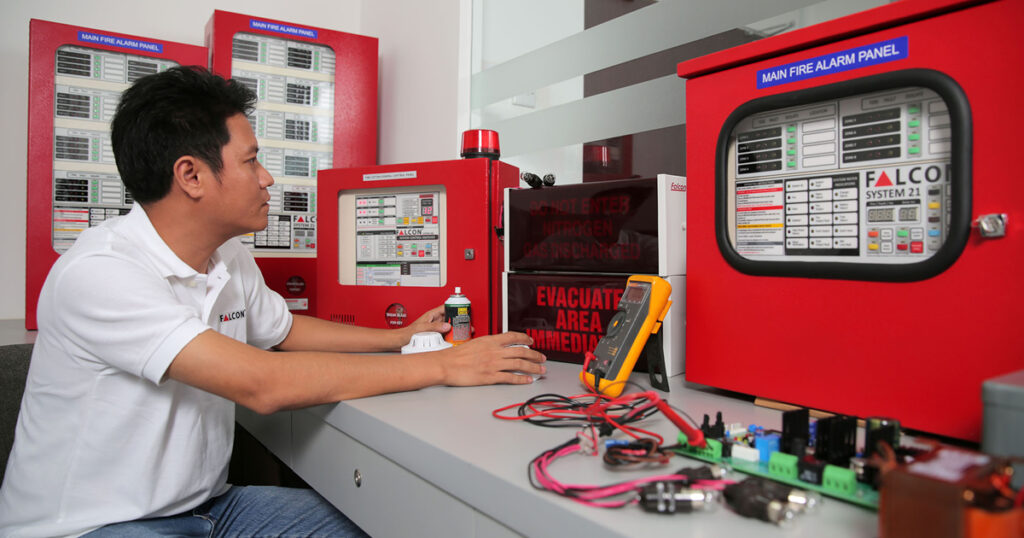
Curious about how to fortify your business’s security? Have you ever wondered about the different types of access control systems and which one would suit your organization best?
Explore access control systems and discover the three primary types that can significantly enhance your security measures.
Access control systems are the cornerstone of modern security measures, allowing businesses to control who enters their premises and what resources they can access.
At this high time, when security threats loom large, having strong access control systems is important to safeguard your assets and personnel.
But what exactly are these systems, and how do they work?
What Does Access Control Systems Actually Mean?
Access control systems are security frameworks that regulate access to physical or digital resources within an organization. These systems employ authentication and authorization mechanisms to determine who can access what based on predefined rules and permissions.
By harnessing the power of access control systems, businesses can enhance their security posture and mitigate the risk of unauthorized access or breaches.
Types of Access Control Systems
1. Discretionary Access Control (DAC)
Discretionary Access Control, or DAC, empowers resource owners or administrators to dictate access rights based on predetermined rules.
In this model, each resource has an owner who can grant or revoke user access at their discretion. DAC decentralizes security decisions, allowing for granular control over access permissions.
How does it work?
DAC relies on Access Control Lists (ACLs) to specify the level of access granted to individual users or groups. Resource owners or administrators can easily add or remove permissions, making it a flexible yet straightforward approach to access control.
Pros & Cons
DAC offers simplicity and flexibility, enabling quick adjustments to access permissions. However, it can pose security risks, especially in large organizations, where managing individual permissions becomes cumbersome.
2. Role-Based Access Control (RBAC)
Role-Based Access Control, or RBAC, assigns access rights based on predefined roles within an organization.
Instead of granting permissions to individual users, access is determined by their roles. RBAC streamlines access management by grouping users with similar job responsibilities.
How it Works
In an RBAC system, administrators define roles and assign appropriate permissions to each role. Users are then assigned roles aligning with their job functions, simplifying access control and reducing administrative overhead.
Pros & Cons
RBAC enhances security by ensuring users only have access to resources necessary for their roles. However, managing roles in large organizations with complex hierarchies can be challenging.
3. Attribute-Based Access Control (ABAC)
Attribute-Based Access Control, or ABAC, is a dynamic access control model that considers various attributes of users and resources.
Unlike RBAC, which relies on predefined roles, ABAC evaluates attributes such as user demographics, resource properties, and environmental characteristics.
How it Works
ABAC policies are based on user, resource, and environment attributes. Access decisions are made based on evaluating these attributes, providing a granular and context-aware approach to access control.
Pros & Cons
ABAC offers unparalleled flexibility and granularity, allowing organizations to adapt security policies to evolving business needs. However, it requires careful planning and management due to its complexity.
Enhancing Security with Certified Alarms
Certified Alarms is your trusted partner in fortifying your business’s security. With over a decade of experience providing cutting-edge security solutions, Certified Alarms specializes in access control systems tailored to your requirements.
Whether you opt for Discretionary Access Control, Role-Based Access Control, or Attribute-Based Access Control, Certified Alarms ensures seamless integration and robust protection for your premises. Our expert team works closely with you to design and deploy customized access control solutions that meet your security objectives.
FAQs
Access control systems restrict unauthorized access to sensitive areas or resources, reducing the risk of security breaches or incidents.
Access control systems can be integrated with surveillance cameras, alarm systems, and other security technologies to create a comprehensive security ecosystem.
Access control systems can be deployed to regulate access to physical spaces, such as buildings or rooms, and digital resources, such as files or databases.
Access control systems are highly scalable and can accommodate the changing needs of growing businesses by adding or modifying access permissions as required.
While access control systems can be complex, Certified Alarms offers user-friendly solutions with intuitive interfaces, minimizing the need for specialized expertise.
Conclusion
While securing your property, access control systems are pivotal in safeguarding businesses against threats and breaches, including Commercial Intrusion Alarms.
With Certified Alarms, you can journey towards enhanced security and peace of mind.
Unlock the potential of access control systems and elevate your security standards today! Protecting People, property, and profits.

